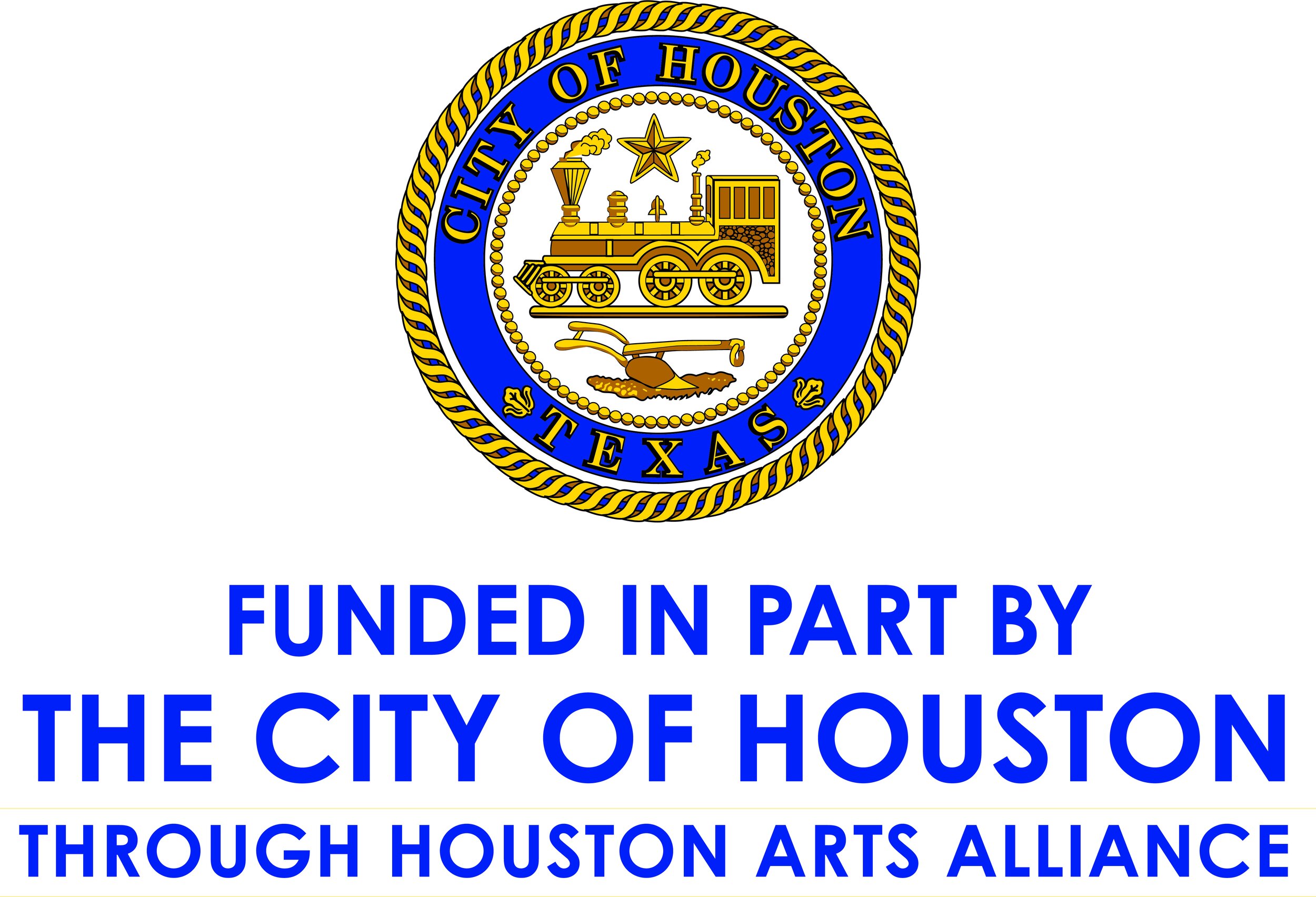Moving the Goods
Transportation has been a major problem facing Texans since the early settlers came here. When the Allen brothers printed their first advertisement for the sale of land in the new town of Houston in August 1836, they predicted that the settlement of the rich lands of the area would result in a flow of trade to Houston that would make it “the great interior commercial emporium of Texas”. They noted that the location of the new town “combined two important advantages: communication with the coast and foreign countries and with the different portions of the Republic”. Steamboat navigation was possible along the coast on the lower stretches of a number of Texas rivers but they were not deep enough for dependable year-round transportation. Goods could be transported from the interior to Houston by teams of oxen or mules pulling wagons but roads in early Texas were either poor or nonexistent and what roads they had were impassable during wet weather.
General Sherman Locomotive
Courtesy of Houston Metropolitan Research Center, HPL
In the decade before the Civil War railroads began to appear in this area in a flurry of activity focusing on Harris County. By September 1853, the Buffalo Bayou, Brazos, and Colorado Railway (BBB&C) opened a twenty-mile segment connecting the rich plantation bottomlands near Richmond with the bayou at Harrisburg. The line’s first locomotive, the General Sherman, was named after General Sidney Sherman, a hero of the Battle of San Jacinto and a founder of the BBB&C. The BBB&C was the first railroad to operate in Texas, the second railroad west of the Mississippi, and the oldest component of the present Southern Pacific Railroad.
Later in the decade a few more lines appeared. The Houston and Texas Central Railway connected Houston with Cypress; the Galveston, Houston and Henderson Railroad connected Virginia Point on Galveston Bay with Houston; and the Texas and New Orleans Railroad reached to Beaumont. Initially there was no connection between the railroads radiating from Houston so goods being shipped through town had to be unloaded, carted to a different terminal and reloaded.
RR Bridge of Buffalo Bayou
Courtesy of University of Houston Digital Library
Most railroad construction was suspended during the Civil War but a timber truss bridge over White Oak Bayou and a swing bridge over Buffalo Bayou were completed in 1865. When the Galveston and Houston Junction Railroad opened, trains could travel all the way from cotton fields in central Texas to the Port of Galveston. The Houston and Texas Central resumed construction in 1867 and built northward, reaching the Red River in 1873 and thereby connected with the nationwide network. By the end of 1879 with the expansion of other lines, railroad mileage in Texas had reached 2,440 miles, primarily in eastern Texas. By 1932 mileage had soared to 17,078 miles.
Houston-Where Seventeen Railroads Meet the Sea
The Heritage Society Permanent Collection
Railroad construction boomed throughout the end of the nineteenth century and the beginning decade of the twentieth century. By the 1920s Houston’s web of rail connections made it possible to travel to or ship packages to almost any spot in the country. Houston became known as the place where “seventeen railroads meet the sea”. In the heyday of railroad transportation thirty trains a day stopped at Southern Pacific’s Grand Central Station and thirty-two stopped at Union Station.
The convenience of the automobile and the speed of airplanes contributed to the demise of passenger trains and trucks on highways cut into freight traffic. Railroads responded by consolidating and abandoning routes until the multitude of railroad lines that had met the sea in Houston had dwindled to six by 1980 and subsequently to three by 2000. The city seal of Houston includes both a locomotive and a plow, paying historical homage to the importance of railroad transportation in our economic development as well as our roots in an agrarian society. Ironically this design originated in New York City and was adopted by city council in 1840, a full decade before locomotives appeared in Texas.












